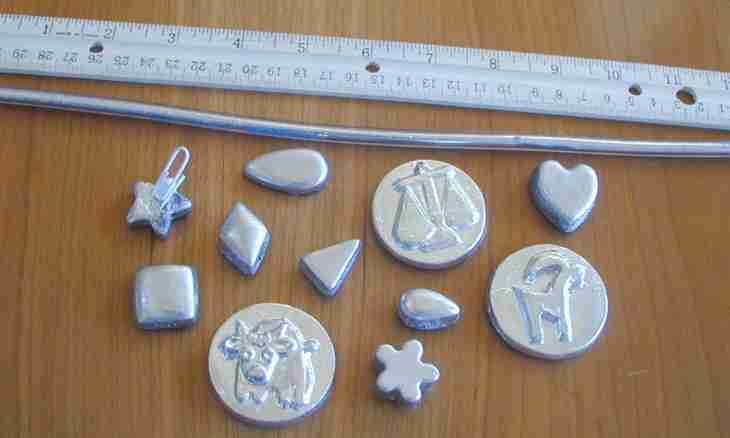On the physical properties all simple substances can be divided into metals and nonmetals. A part from these substances can be defined visually: iron – metal, and hydrogen – is not present. However for the majority of elements it is better to know accurate signs not to be mistaken in classification.
It is required to you
- - Mendeleyev's table.
Instruction
1. As it was already told, substances differ on the physical properties. All metals, except for mercury, at the room temperature are solid substances. They have characteristic "metal" gloss, well carry heat and electric current. The majority of metals are plastic, that is, can easily change the form at physical impact on them.
2. On the physical properties nonmetals have much more distinctions, than metals. They can be in liquid (bromine), firm (is gray) also a gaseous (hydrogen) state. Have low heat conductivity, badly carry also electric current.
3. It is possible to distinguish metals from nonmetals and on their building. At nonmetals the number of free atoms at the external level are more, than at metals. Metals have not molecular building – they consist of a crystal lattice. Nonmetals, on the contrary, have molecular or ionic structure.
4. In comparison with metals, at nonmetals the bigger oxidation-reduction potential and electronegativity.
5. To distinguish metal from nonmetal, it is not obligatory to study their physical and chemical properties, will be to look at Mendeleyev's table enough. Mentally carry out a short flight of stairs from a pine forest to astatine. Metals are located in the left lower part of the table and also in secondary subgroups above from a short flight of stairs. Nonmetals – in the rest in the main subgroups.
6. In addition, in many tables nonmetals are designated in red color, and metals – black and green.
7. There are also amphoteric elements. These substances are capable to show in various chemical reactions of property both metals, and nonmetals. Zinc, aluminum, tin, antimony belong to such elements. In the highest oxidation level they are capable to show the properties characteristic of nonmetals.
